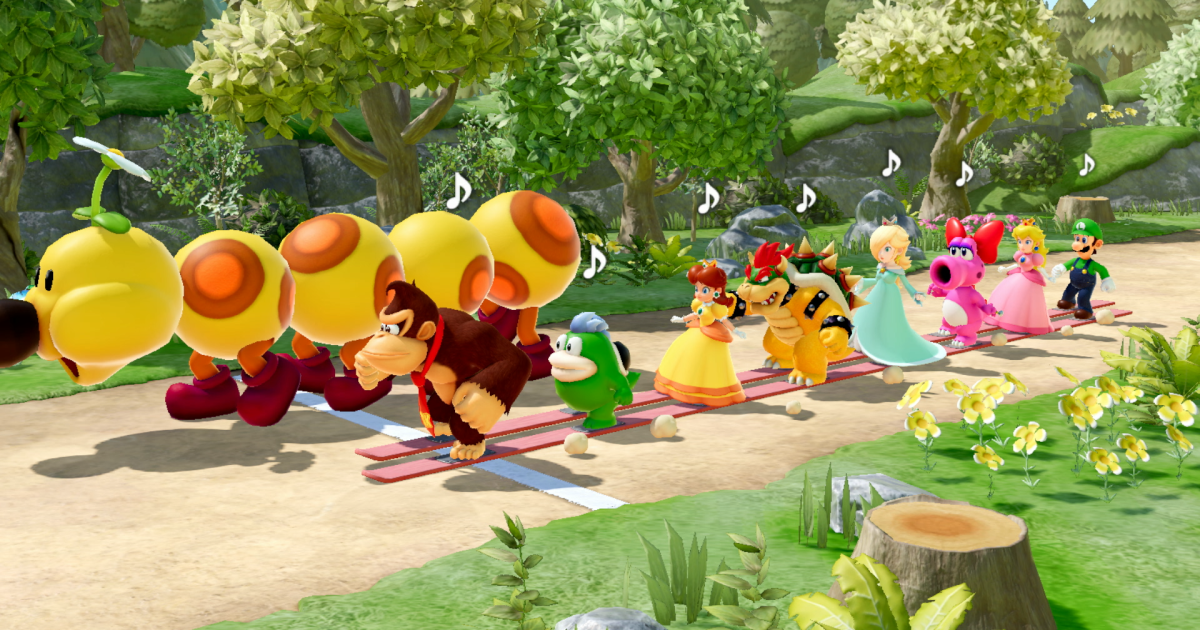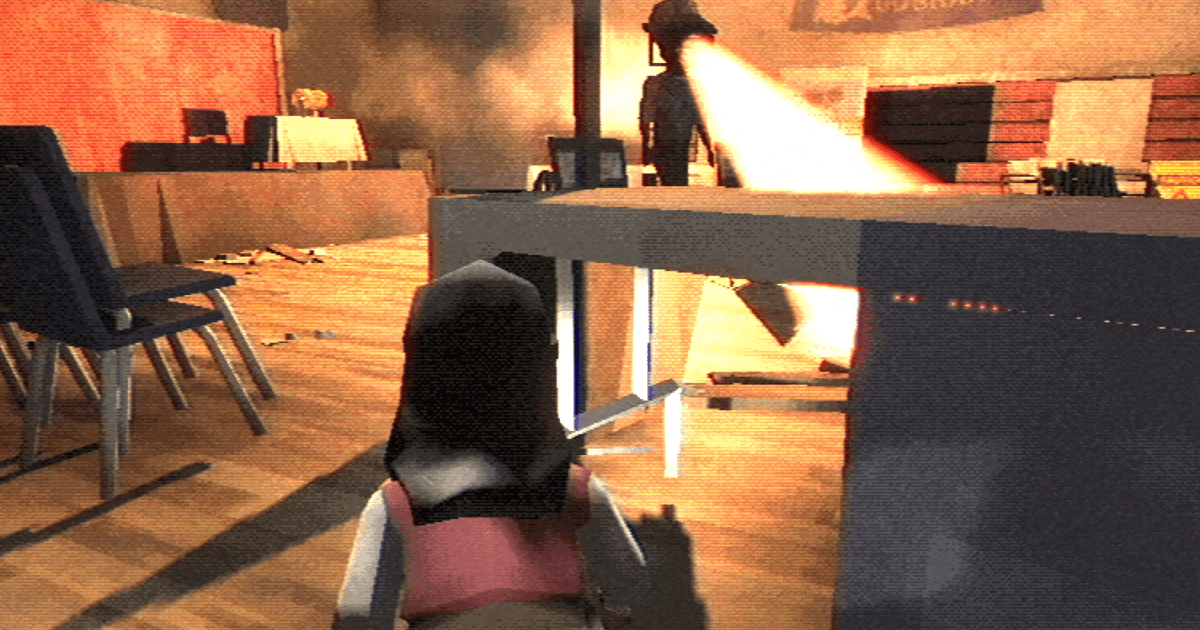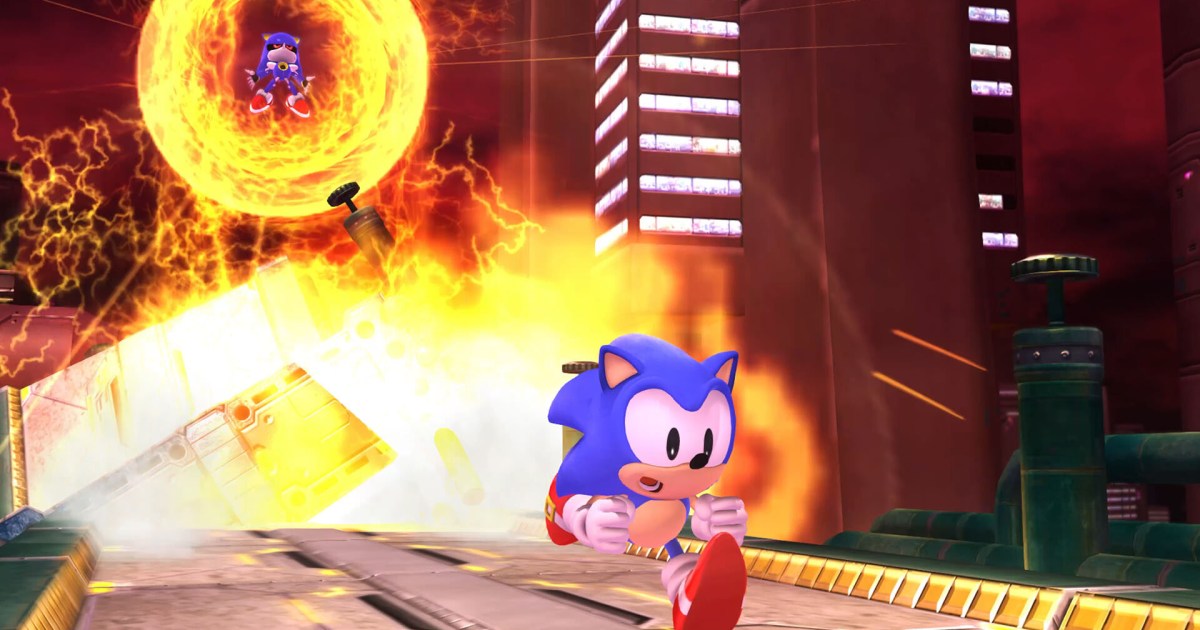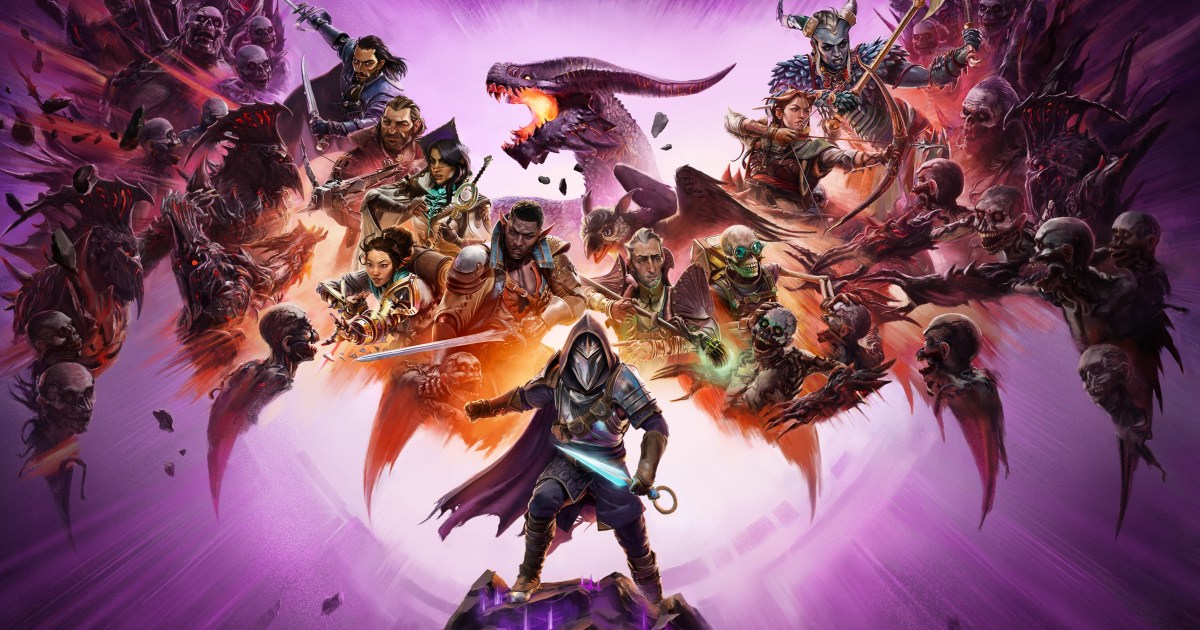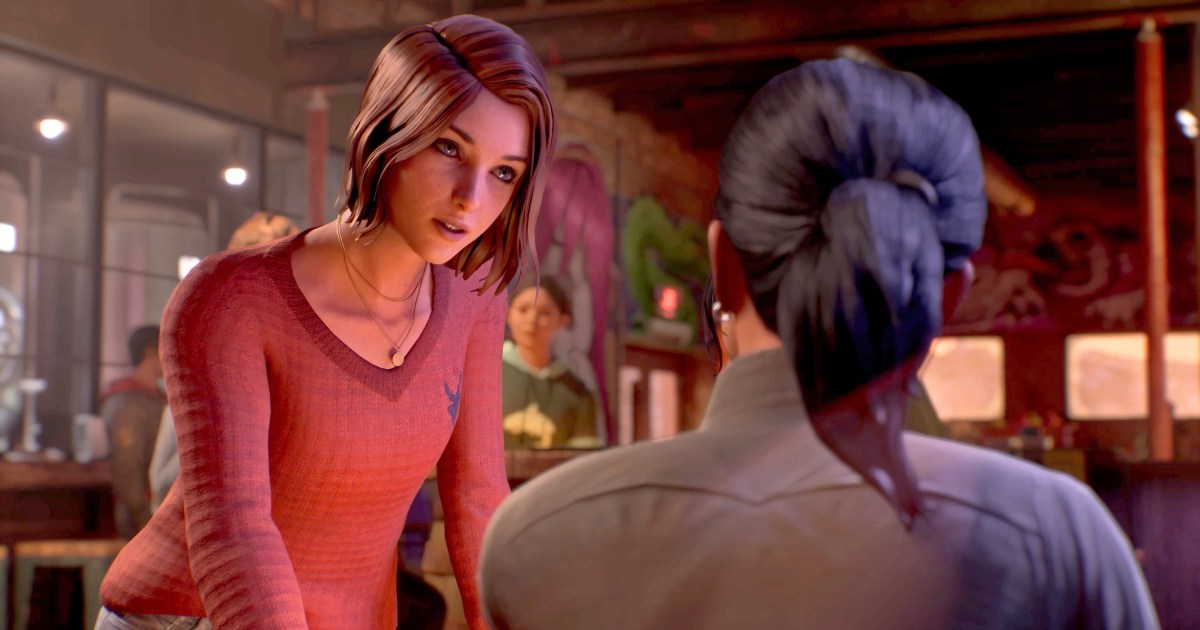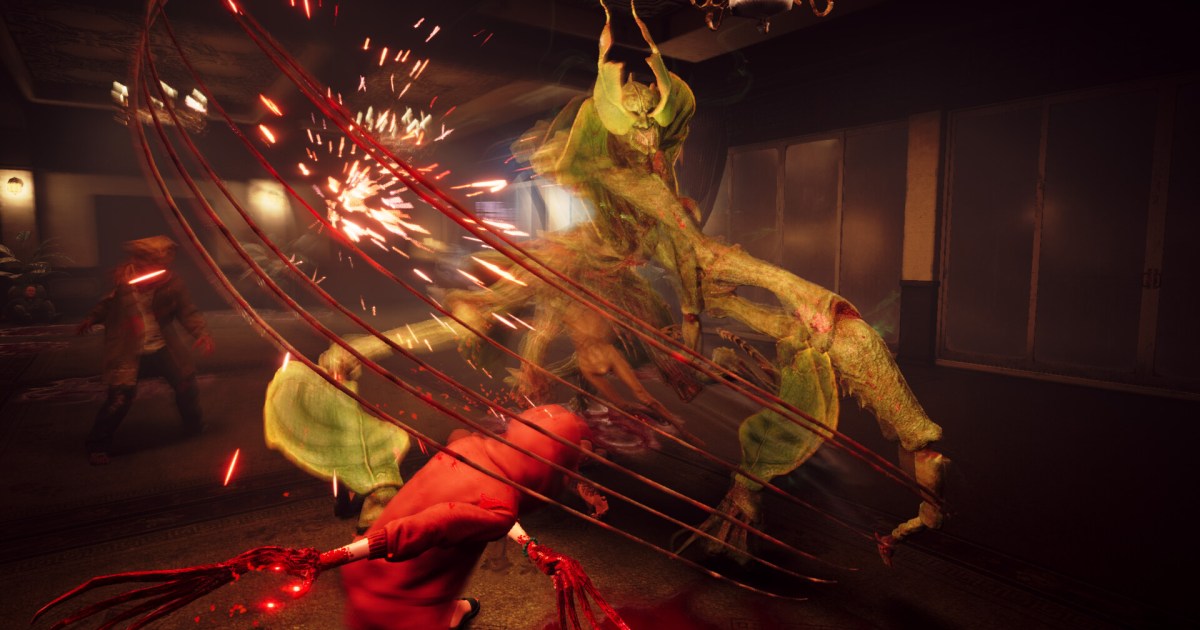The Nintendo Switch has seen its fair share of Mario Party titles, and Super Mario Party Jamboree marks the third installment in this console generation. Following a return to the series’ board game roots, Jamboree aims to be the most comprehensive entry yet, boasting more boards, minigames, and bonus modes than its predecessors. While this abundance of content offers variety, it also raises the question: does Jamboree spread itself too thin or deliver a truly ultimate party experience?
Super Mario Party Jamboree retains the core fun of the series, enhanced by clever new maps and a wealth of strategic options. However, while the minigame count is impressive, their quality is inconsistent, with some of the most innovative ideas relegated to hit-or-miss side modes. Ultimately, Jamboree provides a substantial amount of fun, but its strengths lie in unexpected places.
Strategic Board Game Play
The heart of Jamboree remains the classic board game format. The familiar loop of navigating the board, collecting stars, and competing in minigames is still engaging, especially with friends. However, Jamboree elevates this formula with a strategic depth not seen in previous entries, largely due to its innovative board designs.
The seven boards, including two returning favorites and five new additions, offer diverse and dynamic gameplay. Goomba Lagoon, for example, initially appears as a simple beach setting. However, changing tides, coin fishing, treasure chests, ziplines, and a volatile volcano introduce layers of risk and reward. Rainbow Galleria, a three-floor mall, emphasizes strategic coin management, encouraging players to shop wisely and sabotage opponents.
These intricate board designs encourage long-term planning, allowing players to pursue individual goals alongside the main objective of collecting stars. Players can amass coins to steal stars from opponents using Boo spaces, set traps, strategically use items to hinder progress, or even relocate the star itself. Jamboree empowers players to win through clever tactics rather than relying solely on luck.
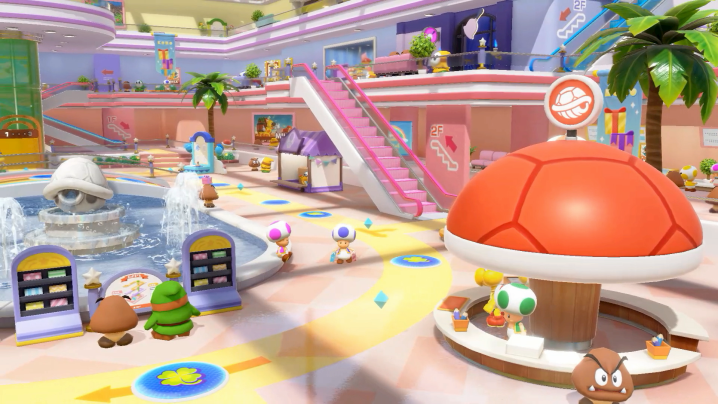 The Rainbow Galleria map appears in Super Mario Party Jamboree.
The Rainbow Galleria map appears in Super Mario Party Jamboree.
A key addition is the Jamboree Buddy system. Winning a character-themed challenge grants a temporary bonus, such as Waluigi’s ability to steal coins. Buddies also allow players to purchase two stars at once, dramatically shifting the game’s dynamics. However, buddies can be stolen by other players, creating a thrilling hot potato scenario.
Despite this strategic depth, Jamboree’s limited customization options are a notable drawback. While the Pro ruleset introduces competitive tweaks, its fixed 12-turn limit feels arbitrary. Given the game’s complexity, more granular control over rules would significantly enhance the core board game experience.
Minigame Medley: Hits and Misses
While the board game shines, Jamboree’s minigames present a mixed bag. Despite boasting a record-breaking 112 minigames, this number is inflated by their distribution across various modes. The core board game minigames often feel uninspired, with repetitive themes and a lack of innovation. Many involve dodging obstacles, while others are simple quizzes, matching exercises, or button-mashing contests. Even the motion-controlled minigames offer little novelty.
However, standout minigames do exist. Hot Cross Blocks challenges players to strategically select Tetris-like blocks to build bridges, while Gate Key-pers presents a logic puzzle where players deduce key-gate pairings. These examples demonstrate the potential for creativity, but they are too few and far between.
Interestingly, the most inventive minigames are found outside the core board game. Buddy challenges, for instance, offer longer, character-themed experiences, such as Donkey Kong’s rhythm game or Waluigi’s pinball challenge. Bowser’s Kaboom Squad, an eight-player mode, features unique cooperative minigames like repairing pipes or managing a juice assembly line. These side mode minigames demonstrate Nintendo’s willingness to experiment, but their exclusion from the main board game feels like a missed opportunity.
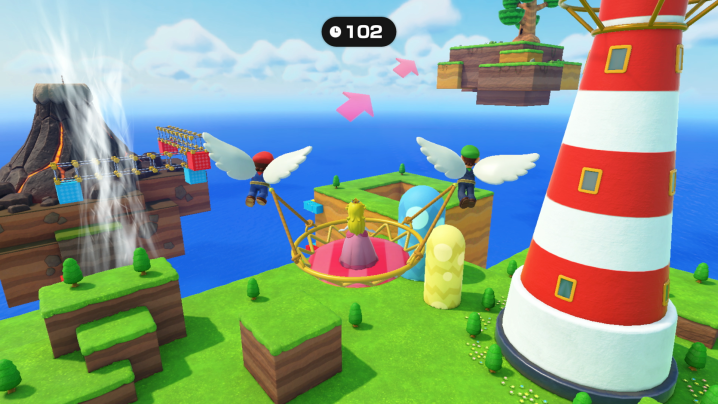 Mario characters cut steaks in Mario Party Jamboree.
Mario characters cut steaks in Mario Party Jamboree.
A Plethora of Modes
Jamboree offers a wide array of modes beyond the core board game, including online play, co-op games, and even single-player options. A single-player story mode, reminiscent of Super Smash Bros. Ultimate’s World of Light, lets players explore maps, complete quests, and learn minigames.
Bowser’s Kaboom Squad provides a cooperative experience where up to eight players work together to defeat a giant Imposter Bowser. Koopathalon is a fast-paced multiplayer mode where players compete in coin-collecting minigames to race around a board.
Motion-controlled modes also feature prominently. Rhythm Kitchen is a charming rhythm game, while Toad’s Item Factory offers puzzle-solving with mixed results due to inconsistent controls. Paratroopa Flight School, unfortunately, proves to be the weakest offering, hampered by awkward and uncomfortable motion controls.
 Mario and Luigi fly in Super Mario Party Jamboree.
Mario and Luigi fly in Super Mario Party Jamboree.
While these additional modes offer diverse experiences, they also highlight a central issue: many of the best ideas are segregated from the core board game. Integrating some of these concepts into the main game could significantly enhance its longevity.
Conclusion: A Party with Potential
Super Mario Party Jamboree presents a paradox. It’s the most content-rich Mario Party game on the Switch, yet its core experience feels somewhat diluted by its expansive offerings. The strategic board game and innovative map designs are highlights, but the inconsistent minigames and underutilized side mode innovations hold it back from true greatness.
Jamboree serves as a testing ground for future Mario Party iterations, showcasing exciting possibilities for the series’ future. However, its current form leaves a sense of unfulfilled potential. By focusing its innovative spirit on the core board game experience, the next installment could truly deliver the ultimate Mario Party.
Super Mario Party Jamboree was tested on Nintendo Switch OLED.



